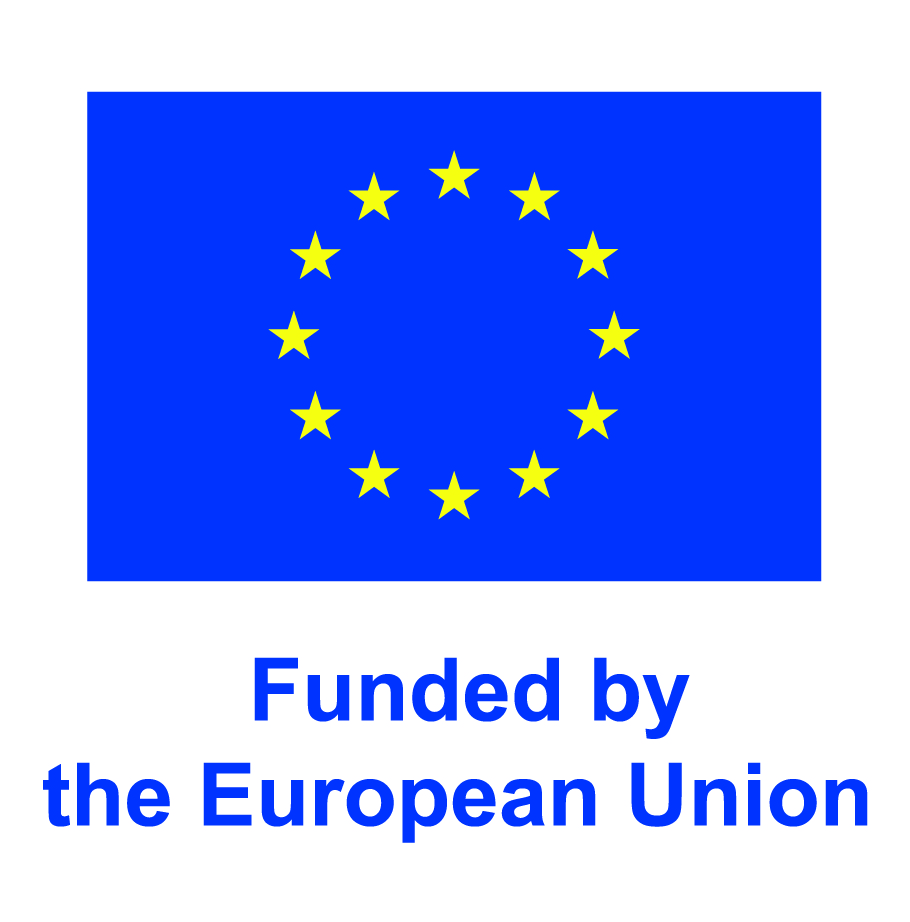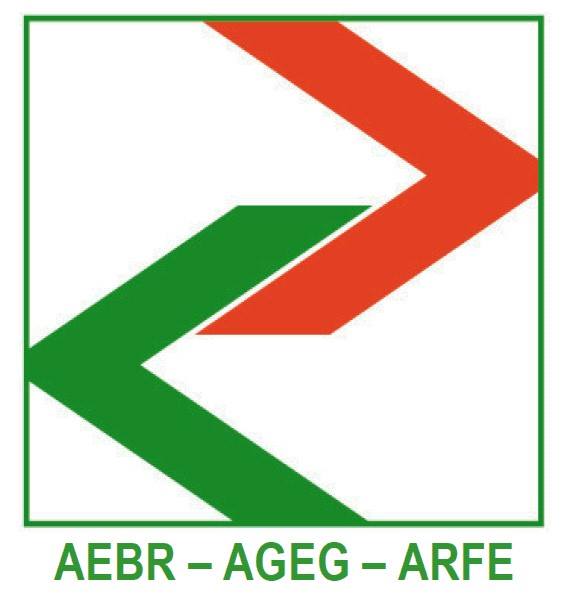You(th) Shape EU: Bridging Borders, Building Belonging
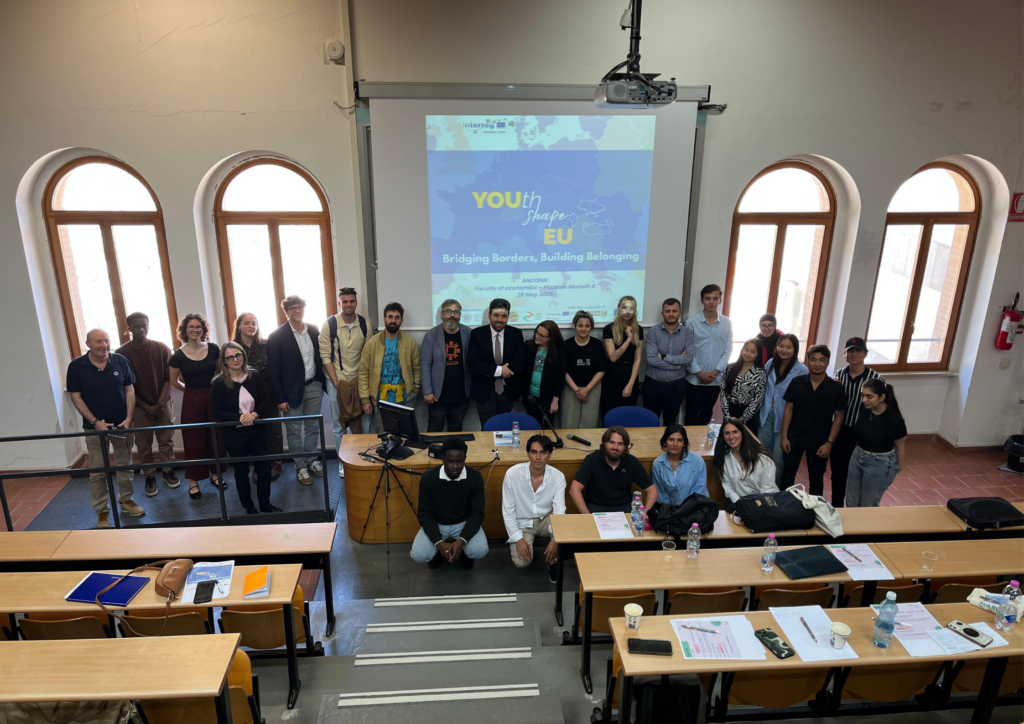
On 8th May 2025, from 09:00 to 16:30, a Citizens Engagement Activity titled You(th) Shape EU took place at the Polytechnic University of Ancona, Italy. The event was organised with the involvement of IVY Project Partners Riyanka Anna George and Lana Joketic from Interreg IPA Adrion. The aim of the event was to raise awareness among young people about the EU Cohesion Policy and to reflect on youth involvement in shaping the future of Europe. The participants were young people aged 18 to 35, including students from EU countries, students from accession countries, and students from accession countries currently living in EU member states. You(th) Shape EU created an open space for participants to share their thoughts on Cohesion Policy and the broader process of European integration. The event highlighted the obstacles young people face when trying to engage with European institutions and emphasized the need for stronger inclusion of youth in decision-making. The programme began with an opening session by Andrea Perna, Professor and General Secretary of UNIADRION. It was followed by a panel on Europe’s economic, social, and territorial cohesion in light of EU enlargement, featuring Giulia Bettin, Professor at the Polytechnic University of Marche, and Filip Miličević, EUSAIR Pillar 5 Coordinator (TBC), alongside Dea Hrelja from T33 (TBC). Participants then engaged in a Survey & Mentimeter session using data collected in advance through a pre-event online photo contest and questionnaire launched one month before on LinkedIn. A more detailed survey was also completed during registration. The session encouraged youth-to-youth exchange based on shared challenges and experiences. In the afternoon, two parallel workshops were held. The first focused on social cohesion and was moderated by Riyanka Anna George, with speakers Francesco Chiapparino, Filip Miličević (TBC), and Meral Todri (TBC). The second, led by Lana Joketic, addressed territorial cooperation and youth engagement, with contributions from Ana Nikolov, Clarissa Amichetti, and Eva Omahen (TBC). The event concluded with a Youth-to-Youth session, a competition announcement, and a city tour.
Youth without borders– Cohesion policies as a tool to bypass regional disparities
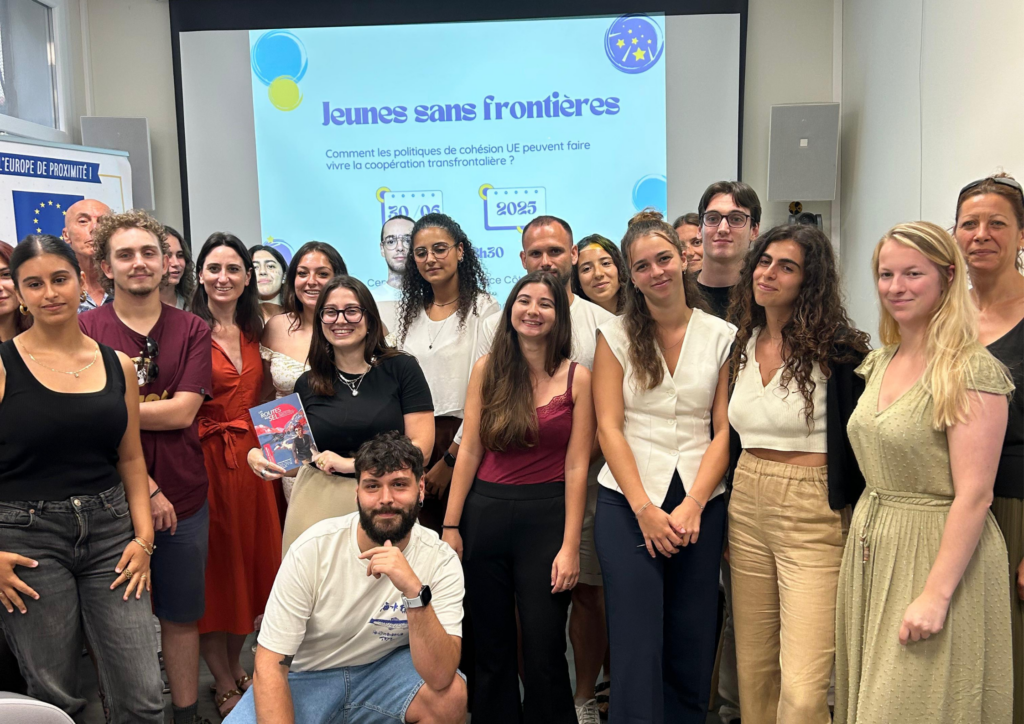
On June 30, the Centre Europe Direct Nice Côte d’Azur hosted “Jeunes sans frontières”, an engaging afternoon of dialogue, discovery, and participation, focused on European cohesion policies and cross-border cooperation. The event was organised by Martina Aiudi, IVY project partner working with the Mountain Directorate of the Métropole Nice Côte d’Azur, as part of the ALPIMED+ PILOT project. It brought together young people from across France to explore, in an interactive and inclusive way, how the European Union is working to reduce persistent regional disparities. The agenda included several participatory moments to guide the audience through the discovery of cohesion policies. A presentation on European cohesion policies and their local impact, was delivered in the form of a live quiz that added a playful and educational touch. Then, Martina shared her experience as an IVY volunteer within the ALPIMED+ project, highlighting not only the potential impact of the project on the cross-border territory, but also the tangible results of previous programming. A participatory workshop invited attendees to co-create ideas for future European projects aimed at strengthening cross-border cooperation and addressing shared challenges in border regions. In the end, each group presented its proposal, and everyone voted to elect the winning project. The cross-border nature of the initiative was reflected not only in the content but also in diverse participation. In fact, the centre Europe Direct had the pleasure to welcome four Italian civic service volunteers, currently on assignment in Metz, as well as European Solidarity Corps volunteers active in the Provence-Alpes-Côte d’Azur Region. Their presence enriched the discussions and illustrated the concrete commitment of young people to building a Europe that is closer to its citizens. Throughout the event, participants showed genuine interest, asking thoughtful questions, sharing ideas, and actively engaging in discussions. With strong motivation and initiative, they embraced the challenge of imagining future projects — and who knows, maybe one day these ideas will come to life thanks to EU cohesion policies. Photos and text by IVY volunteer Martina Aiudi
What is a Cohesion Policy and how to be part of that? – panel discussion at Festival LAMPA
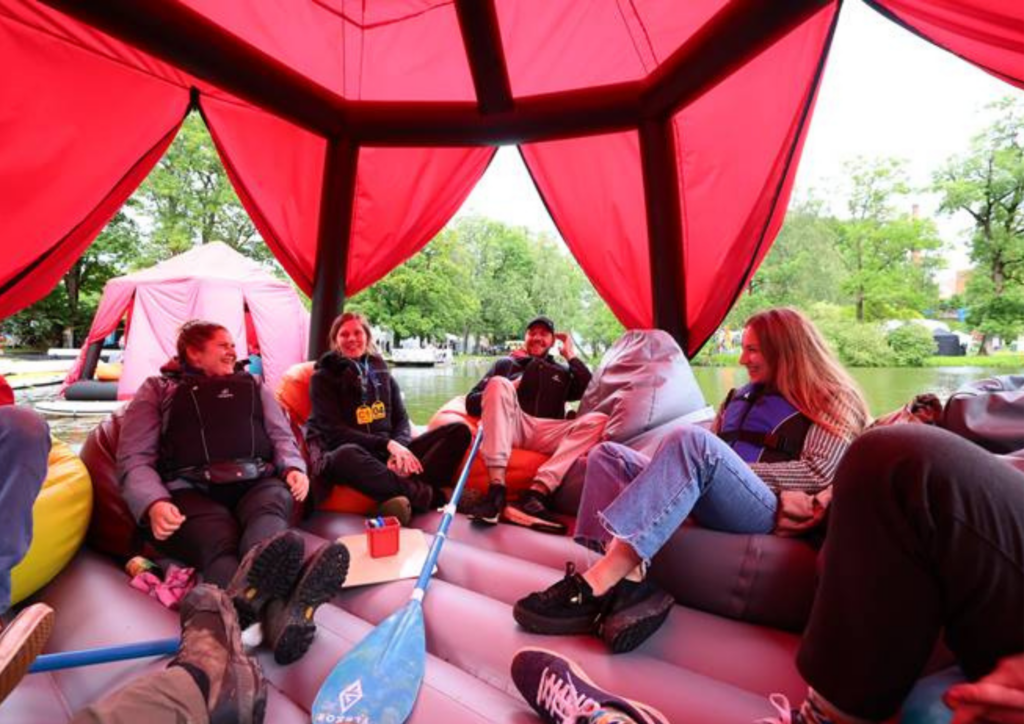
Ivy project partner Nauris, volunteering at Movement spontaneous, organised the following event for project Accesible Hiking Trails under Interreg programme Estonia-Latvia. What is Cohesion Policy — and how can YOU be part of it? A citizen conversation on EU funding and grassroots action. 🗓 June 20 | 📍 RTU Innovation Bridge, Floating Stage, Sarunu festivāls LAMPA (Cēsis, Latvia) 50 attending participants. During one of Latvia’s most vibrant civic gatherings — Sarunu festivāls LAMPA — a unique public discussion unfolded on a floating stage in Cēsu pils parks. Framed around the question “What is Cohesion Policy — and how can YOU be part of it?”, the event invited festival participants to engage in an open dialogue on how EU cohesion funds are used across the Baltic region, and why understanding this policy matters for everyday citizens, NGOs, youth leaders, and community innovators. Moderated by Luize Darta Sietina, COO at TechChill and co-founder of The Crowd, the panel featured voices from Latvia and Estonia who have been actively involved in regional development through EU-funded initiatives. Speakers included Gustavs M. Upmanis, founder of the youth empowerment platform Visas Iespējas; Andra Marta Babre, co-founder of Movement Spontaneous and EU project manager at RTU; and Elin Priks, project manager at the Estonian Rural Tourism Association.Throughout the one-hour session, speakers shared personal experiences navigating EU funding systems — from first applications to project delivery. The conversation touched on common challenges such as understanding eligibility criteria, ensuring community involvement, and making bureaucratic processes more accessible. The panel also highlighted how cohesion policy can directly support bottom-up initiatives — including rural tourism development and grassroots civic engagement. Audience members were encouraged to ask questions, reflect on local needs, and consider the ways EU support could be applied to their own ideas. The atmosphere was informal and participatory, in line with the LAMPA ethos of open, democratic exchange. This citizen engagement activity was part of ongoing efforts to raise awareness about the impact of cohesion policy and to ensure more transparent, inclusive access to EU support — especially among young changemakers and local community actors in the Baltics. Photos and text by IVY volunteer Nauris.
Cohesion policy for the environment- ‘’the cooling kids’’ act to beat the heat
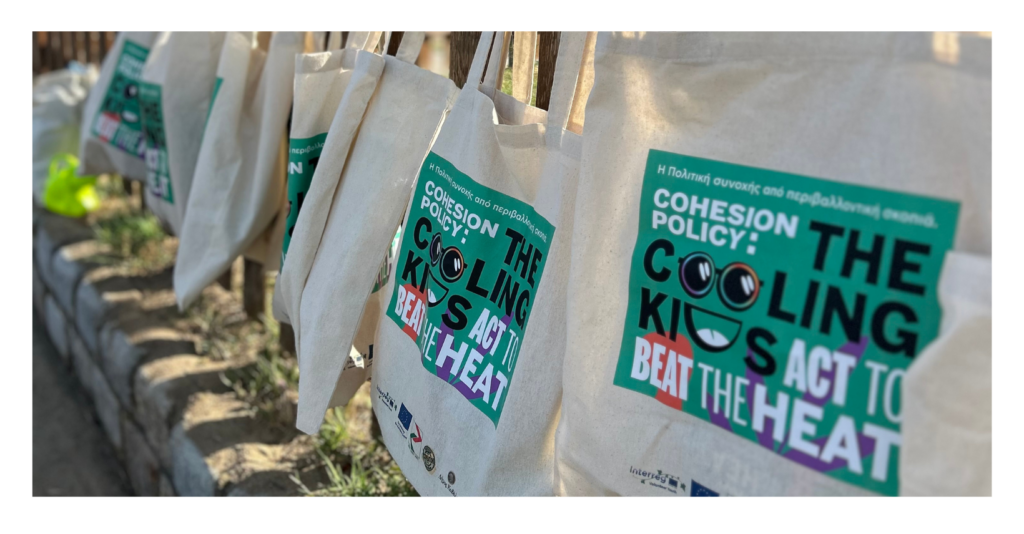
This event was organised by IVY project partner for project Green Urban Resilience under interreg programme NEXT Black Sea Basin, Christina Karkalaki. The event was designed to raise awareness about the European Cohesion Policy, with a particular focus on its environmental dimension. Participants had the opportunity to explore what the Cohesion Policy entails, including its main objectives and key priorities, especially in relation to sustainable development and ecological initiatives. The event took place in Faliro Park – a central and well-loved green space in the heart of Kavala, offering both a meaningful environmental action and a chance to engage with the community – on the 5th of June and started at 16:00 with a speech by Io Chatzivariti, a specialist on Cohesion Policy. There was time for questions, allowing participants (30 signed participants and 15 visitors who were walking in the park) to engage more deeply with the topic. Approaching the Cohesion Policy from an environmental lens, attendees created banners with environmental tips. Ice cream, juice, and cool water were provided to keep everyone hydrated and energized throughout the event. As part of the event, they also actively contributed to a greener future by taking part in a symbolic tree-planting activity, for which gardening kits with all necessary tools were distributed. Photos by IVY volunteer Christina Karkalaki.
EUROPEAN PROGRAMMING AND YOUTH: THE ROLE OF FRIULI VENEZIA GIULIA – Cohesion Policy and European Territorial Cooperation: Between Job Opportunities and Regional Development
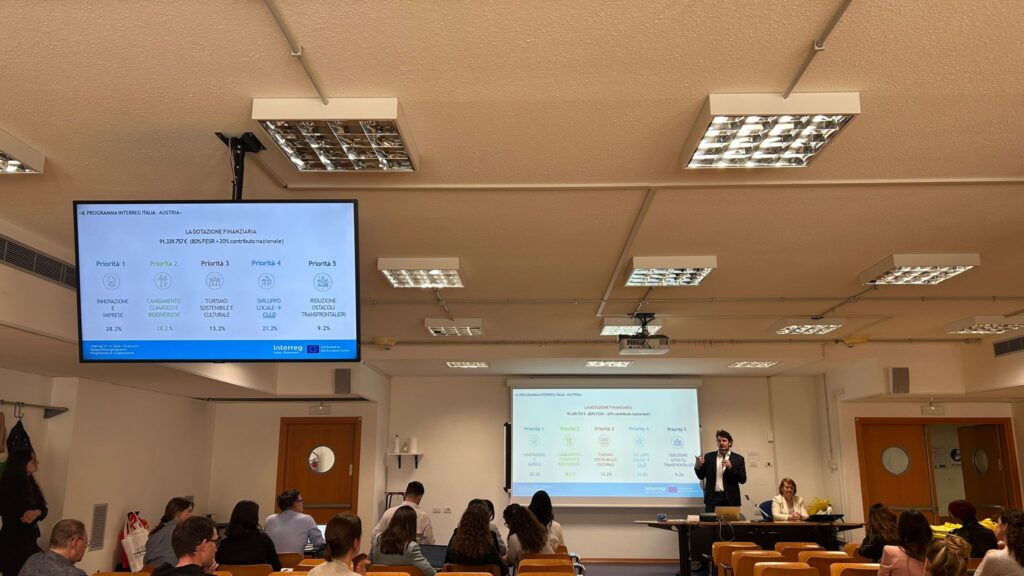
On May 13, 2025, the event “Programmazione Europea e Giovani: Il Ruolo del Friuli Venezia Giulia”, dedicated to highlighting the role of Friuli Venezia Giulia region in the context of cohesion policy and European territorial cooperation, was held at the University of Trieste. The event was organized by the Interreg Volunteer Youth reporter for the Interreg VI-A Italy-Austria Programme, Massimiliano Dosmo, in collaboration with the Regione Autonoma Friuli Venezia Giulia and the Department of Social and Political Sciences of the University of Trieste.The objective of this CEA was to inform the youth of the territory about what Cohesion Policy is, and how it is applied in the regional territory of Friuli Venezia Giulia along with the volunteering, internships and working opportunities, showcasing the different activities and opportunities offered to young people both by European and Regional institutions. Accordingly, “Programmazione Europea e Giovani: il Ruolo del Friuli Venezia Giulia” speakers were mostly young professionals currently or previously involved in this initiatives or that are already perusing their professional career in the realm of European Territorial Cooperation programmes or projects. Indeed, the agenda of the event was structured to firstly speak in detail about what Cohesion policy is, along with an explanation of the European Regional Development Fund (ERDF). Consequently, the audience was actively engaged in debating about the future of Cohesion Policy and the Consultation Post-27, underlining the fundamental role of young people in providing ideas to develop the future of Interreg programs. The second part of the event was dedicated to Interreg programs and to showcase the participation and involvement of Friuli Venezia Giulia, both as an institution and as a territory, in the European Cross-border, Transnational and Interregional cooperation. Specifically, both young officers and IVY Reporters presented in more detail the Interreg Italy-Austria Programme and the Interreg Italy-Slovenia Programme, showing the concrete opportunities offered thanks to the project financed from these program that the citizen’s benefit daily and maybe are not aware of. In support of this and also to show what this project are about, also the two European Grouping of Territorial Cooperation operating in the region GECT “Euregio Senza Confini” and GECTGO, but also making their young interns speak about their personal experience and how they are involved in European project making. Finally, the students were shown the concrete opportunities offered by the IVY initiative, the Youth4Cooperation network and also by the Friuli Venezia Giulia Autonomous Region in the context of European Territorial Cooperation and Interreg programs. The event was an important opportunity for networking and in-depth exploration: a chance for many students to discover or to deepen their existing knowledge on Cohesion Policy and European Territorial Cooperation. The success of the day highlighted the importance—and the responsibility—of promoting European territorial cooperation as a tool for regional development and for supporting the actors who contribute to making it a reality every day. Text and Photos by IVY Reporter Massimiliano Dosmo
Youth for European cities: Urban cooperation in EU cohesion policy
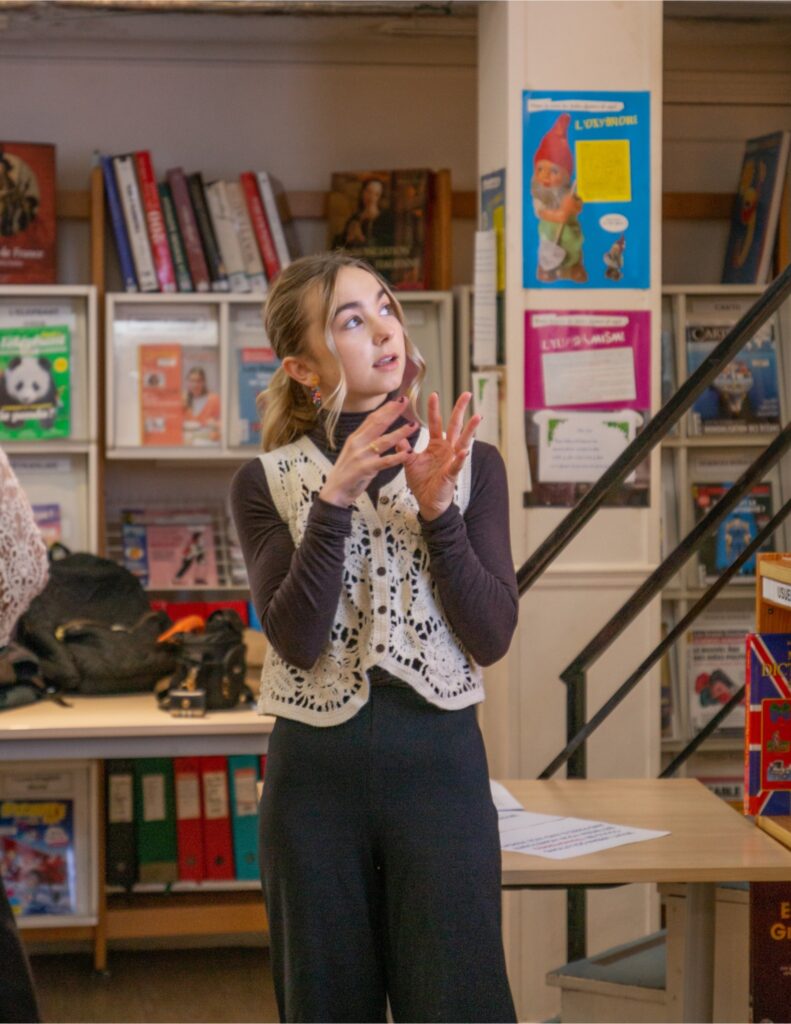
As part of the Citizens’ Engagement Activities (CEAs) under the IVY initiative, Julia hosted “Youth for European Cities: Urban Cooperation in EU Cohesion Policy”—a hands-on event designed to bring the goals of Cohesion Policy closer to the next generation. Held in a Parisian school, the CEA welcomed 45 participants, most of whom had little prior knowledge of the EU or its cohesion strategy. Through a creative mix of discussion, poster-making, and case studies from the URBACT programme, students were introduced to the real-world value of EU-funded cooperation between cities. The event demonstrated how urban challenges like mobility, night-time safety, and public space management are tackled through collaborative solutions across Europe. By drawing connections between Paris and their hometowns, the students began to understand—not just in theory, but in practice—how ideas can travel across borders and improve lives. “Even with a young audience that doesn’t know much about EU policies it still worked to get them to engage” Julia noted. “In the end, they were basically doing urban cooperation without even realising it.” Julia was joined by two colleagues from URBACT, whose presence brought an extra layer of authenticity and energy to the session. Their joint effort helped demystify Cohesion Policy, turning policy talk into something accessible. Reflections with the teachers underscored a key success: making EU policy feel real. Creating memorable, meaningful experience—proof that strong engagement just the right approach. This CEA showed that young people can connect with Europe—especially when we meet them where they are, speak their language, and let them co-create the conversation.

